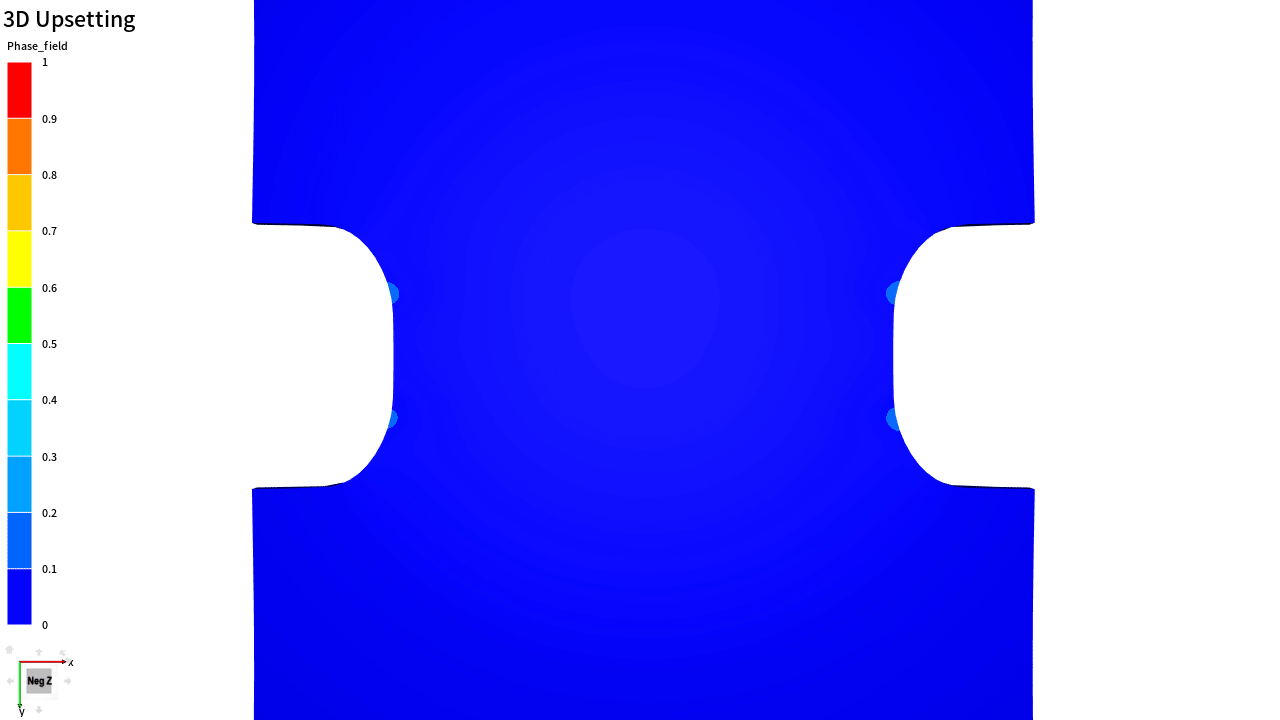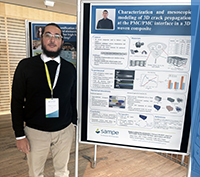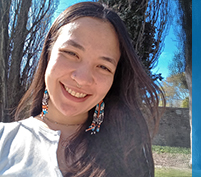PhD defence of Hazem Eldahshan
4 January 2022
Hazem Eldahshan defends his PhD in Computational Mechanics and Materials on Jan. 11, 22
3D ductile damage to fracture transition based on phase field and mesh adaptation: application to metal forming processes

Hazem Eldahshan conducted his PhD work in CSM team, under the supervision of Pierre-Olivier Bouchard and Daniel Pino Munoz. Hazem defends his PhD in Computational Mechanics and Materials on Jan. 11th, 2022 in front of the following jury:
– Laura De Lorenzis, Professor, ETH Zurich
– Carl Labergère, Professor, Université de Technologie de Troyes
– Jacques Besson, Directeur de recherche CNRS, Mines Paristech
– Yann Monerie, Professor, Université de Montpellier
– José Alves, Dr, Transvalor S.A.
– Etienne Perchat, Dr, Transvalor S.A.
Abstract:
This PhD contributes to the modeling of damage to fracture transition within a 3D parallel numerical framework based on the finite element method. The new contributions include: (i). a coupled phase field-damage formulation that is adapted to metal forming applications; (ii). Adaptive remeshing followed by the identification of the crack surface intersection with arbitrary mesh topologies based on the phase field evolution; (iii). fitting the crack surface within the mesh using local mesh partitioning operations; (iv). a nodal duplication strategy based on the local coloring algorithm in order to open the crack faces followed by a volume remeshing step.
The proposed framework offers a robust numerical tool for the modeling of damage to fracture transition in complex industrial processes such as: (i). the formation of internal chevron cracks during bar extrusion process; (ii). metal cutting simulations including bar shearing, blanking and piercing processes. Comparisons with the element deletion method show significant improvement in the quality of predicted sheared surfaces with the ability to accurately detect surface features such as burrs. In addition, both volume and energy are conserved during the simulation which resolves one of the main issues that appears with the element deletion method.

Keywords: Ductile fracture, Damage to fracture transition, Phase field model, Adaptative remeshing, Discrete crack propagation, Metal forming applications








